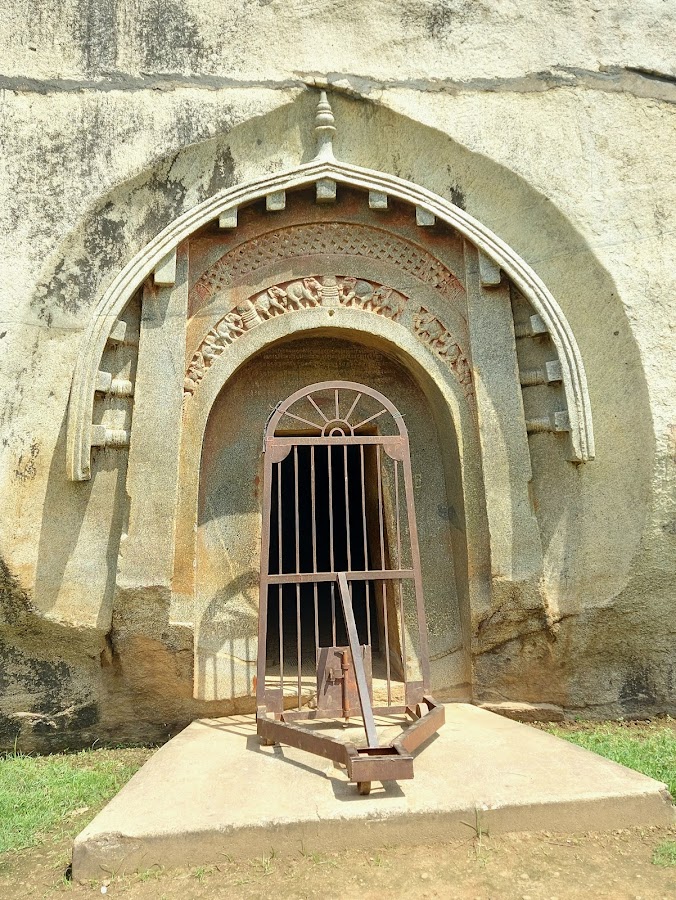
Barabar Caves
Gaya, India
- Capture-photographs-of-caves
- Experience-echo-effect-in-caves
- Explore-ancient-rock-cut-caves
- Learn-about-Ajivika-sect
- Observe-Mauryan-architecture
Known for:
Description:
The Barabar Caves, located near Gaya, are India's oldest rock-cut caves, dating back to the Maurya Empire (322-185 BCE). These caves, hewn out of granite, feature polished interiors and unique echo effects. The four main caves – Lomas Rishi, Sudama, Karan Chaupar, and Visva Zopri – showcase ancient Indian architecture and craftsmanship. The caves are significant for their religious association with Ajivika sect and their inscriptions. Visitors are captivated by the historical depth and the serene atmosphere of these ancient wonders. It is a must visit for anyone interested in history and ancient Indian architecture.
History:
The Barabar Caves were primarily constructed during the reign of the Maurya Empire, with some inscriptions suggesting they were dedicated to the Ajivika sect, a contemporary of Buddhism and Jainism. Emperor Ashoka, known for his religious tolerance, is believed to have commissioned these caves. The caves served as monastic dwellings and places of worship. The Lomas Rishi cave, with its distinctive arched entrance resembling a hut, is a remarkable example of early rock-cut architecture. The caves provide invaluable insights into ancient Indian religious practices and the technical expertise of the Maurya period. Later inscriptions also reveal the site's continued use by different religious groups.